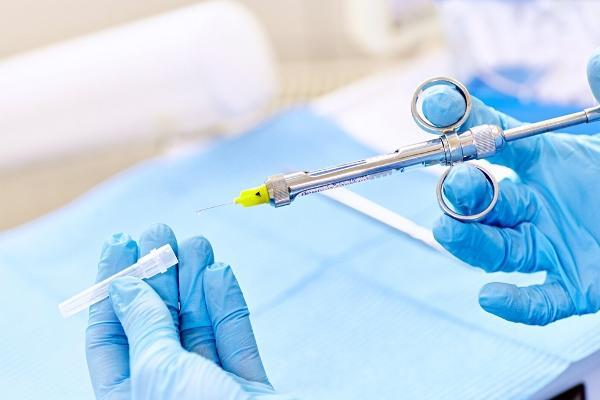The use of computerized anesthesia devices in dentistry results in less pain and anxiety in adult patients compared to conventional anesthesia.

However, dentists should not abandon traditional anesthesia methods and invest in computerized local anesthesia devices (CLAD), partly due to imperfect training and high costs associated with CLAD systems.
“We do not consider investment in CLAD to reduce pain and anxiety associated with local anesthesia as a major factor due to the greater cost, logistics and training time to manage the operator,” wrote the group, led by Dr. Arthur José Barbosa de France of Department of Oral and Maxillofacial Surgery at the University of Pernambuco in Recife, Brazil.
Noting that conventional anesthesia is widely used, safe, and effective, the authors suggested that conventional anesthesia techniques could provide the same clinical results as CLAD, but without the cost of training.
Conventional injection can provide similar clinical results, in addition to being cheaper and easier to handle and train.
Computerized anesthesia devices deliver great results
The authors' review included 10 studies that systematically compared conventional anesthesia with CLAD. The results showed that the CLAD group performed better in both reducing pain during injection and improving the effectiveness of anesthesia during treatment.
All 10 studies reported lower pain scores for CLAD compared to with conventional anesthesia at all four stages of treatment: during needle insertion, during injection/application, after injection, and during procedure.CLAD also gave excellent results in terms of anxiety, patient preference, and rate of anesthetic administration.
< p>For evaluation, two authors evaluated 10 studies according to a rating, development, and recommendation rating system that ranks the quality of research evidence as low, moderate, or high based on a combination of factors, including study design and the risk of bias in reported results. In case of disagreement, the final decision would be made by the third author.
Of the 10 studies, nine were randomized controlled trials (RCTs) and one was a non-randomized controlled clinical trial. The assessment measured pain in adult dental patients during needle insertion, injection or anesthetic application, after injection, and during procedure. A total of 506 patients were examined.
The authors cautioned against drawing unequivocal conclusions from these studies because of the large differences between them. These differences included differences in dental procedures, local anesthetics (2% lidocaine, 4% articaine, or 3% mepivacaine), dosage volumes, and site of intraoral anesthesia.
Caution should be exercised in interpreting these results due to differences in assessment methods.
Looking to the future, the authors recommended standardizing differences in assessment methods to improve their applicability.
Due to the heterogeneity of studies, it is highly recommended to conduct new RCTs using well-defined methodologies to improve the quality of the evidence on this topic.

Comment here